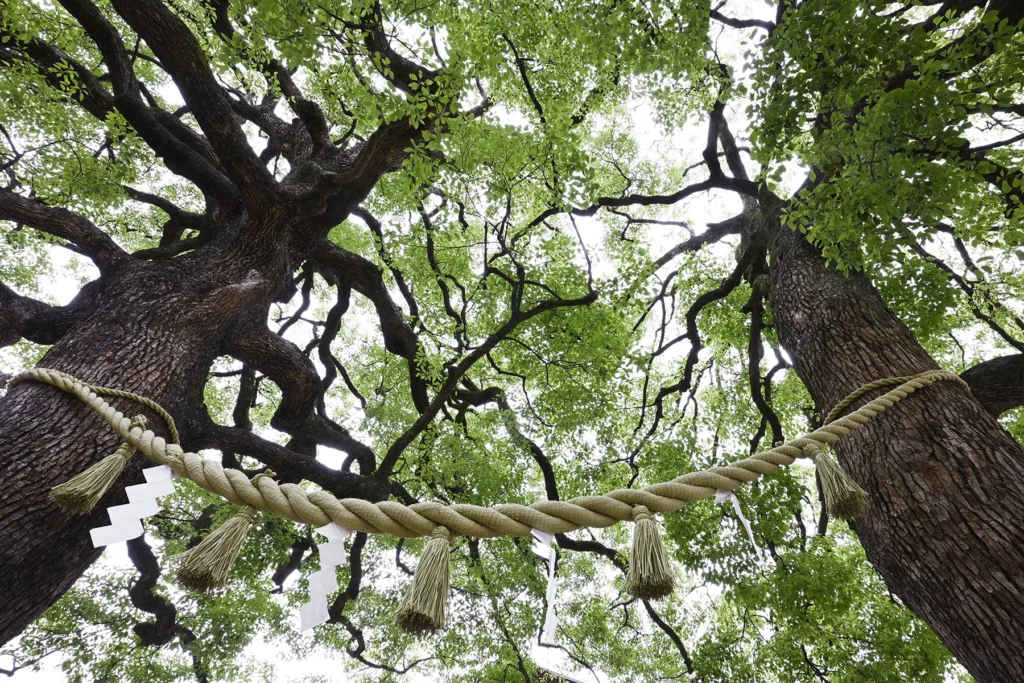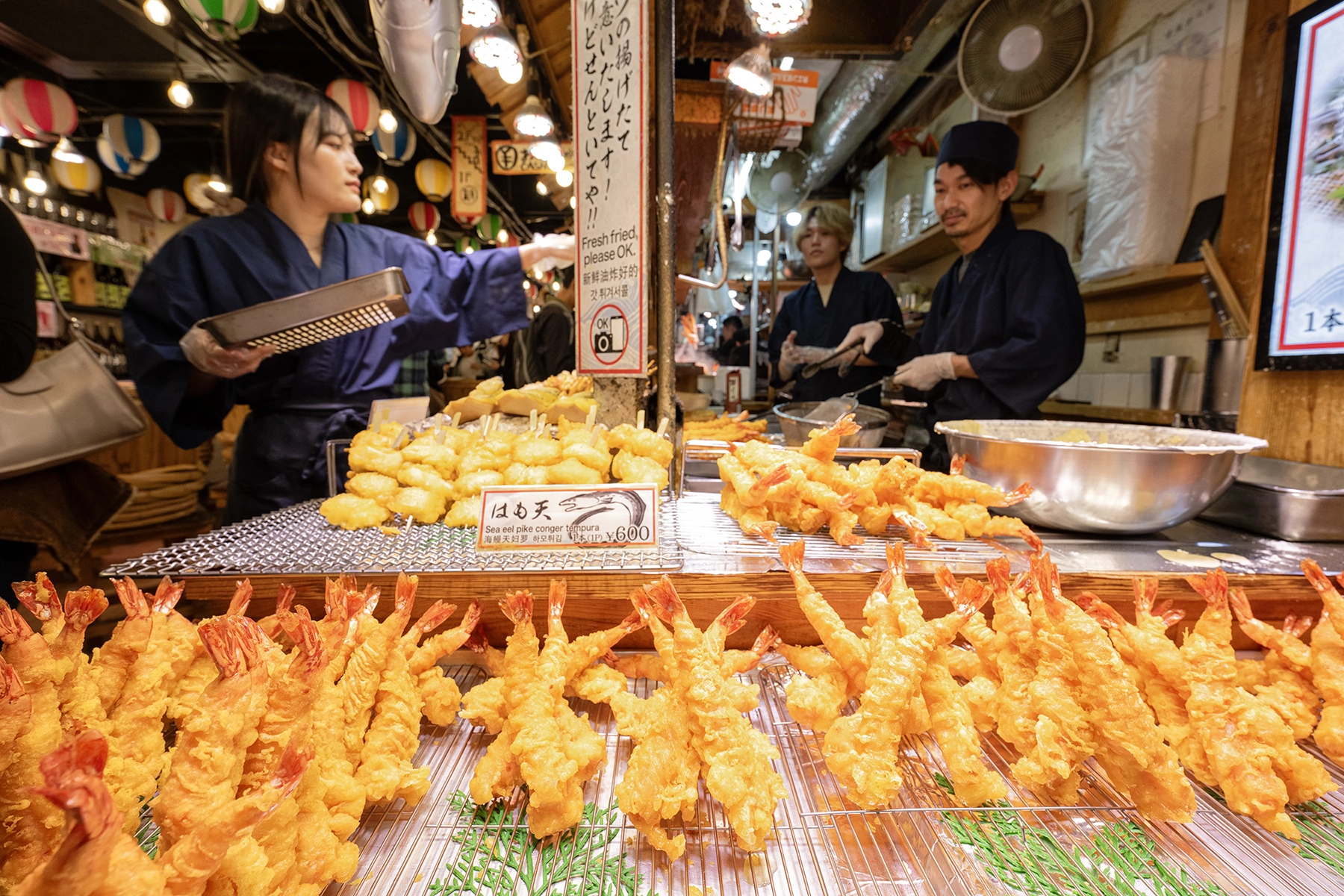
Culture in Focus: Techniques & Best Practices
During a recent trip to Japan, Ken Hubbard explored everything from bustling food markets to ancient architecture.
Author & Images: Ken Hubbard
Share Article
During a recent trip to Japan, Ken Hubbard explored everything from bustling food markets to ancient architecture.
During a recent trip to Japan, Ken Hubbard explored everything from bustling food markets to ancient architecture. Drawing on his extensive global travel experience, he offers valuable tips for photographers of all levels who aim to tell compelling cultural stories through imagery.
These techniques will help you authentically document the world around you while honoring the people, places, and traditions you encounter along the way.
Tip 1: Capture the Energy of Local Markets
Use the wide-angle zoom like the NEW 16-30mm F/2.8 G2 to document bustling street markets such as Nishiki Market or Tsukiji Fish Market. When photographing food stalls, place the emphasis on the food but also try to include the lively crowds and colorful signage to convey the energy of the scene.

Tip 2: Focus on Architectural Details
By getting close with your wide-angle lens to emphasize textures and craftsmanship, focus on elements like temple roofs, wooden carvings, or tatami mats. Use a small aperture for sharpness throughout the frame. These shots reveal the artistry and cultural significance of traditional structures.
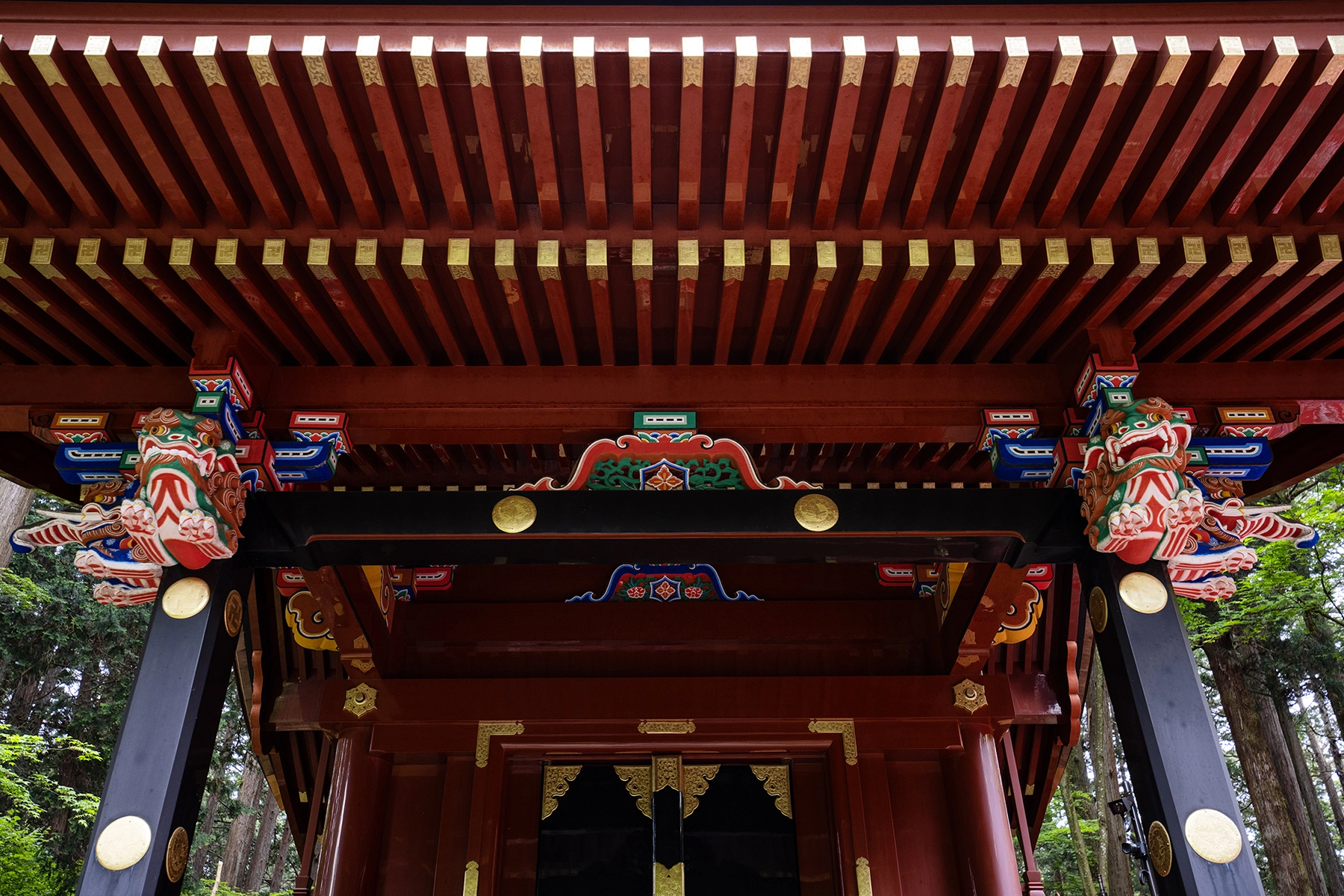
Tip 3: Change your perspective
By using your 16-30mm lens at the ultra wide-angle end to capture dramatic architectural shots. Position yourself at the corner of buildings and get as close as possible while still keeping the entire structure in the frame. This approach creates a striking visual effect, making the foreground appear larger and more prominent. It also exaggerates the perspective, giving the background a sense of depth and distance, resulting in a dynamic and eye-catching image.

Tip 4: Use foreground elements
Include trees, bushes, or flowers to fill in negative space and add depth to your composition. These elements can help mask less appealing areas like flat, overcast skies, making the overall image more balanced. Additionally, incorporating foreground objects naturally frames your main subject, guiding the viewer’s eye toward it. This technique enhances the sense of dimension and focus to your photographs.
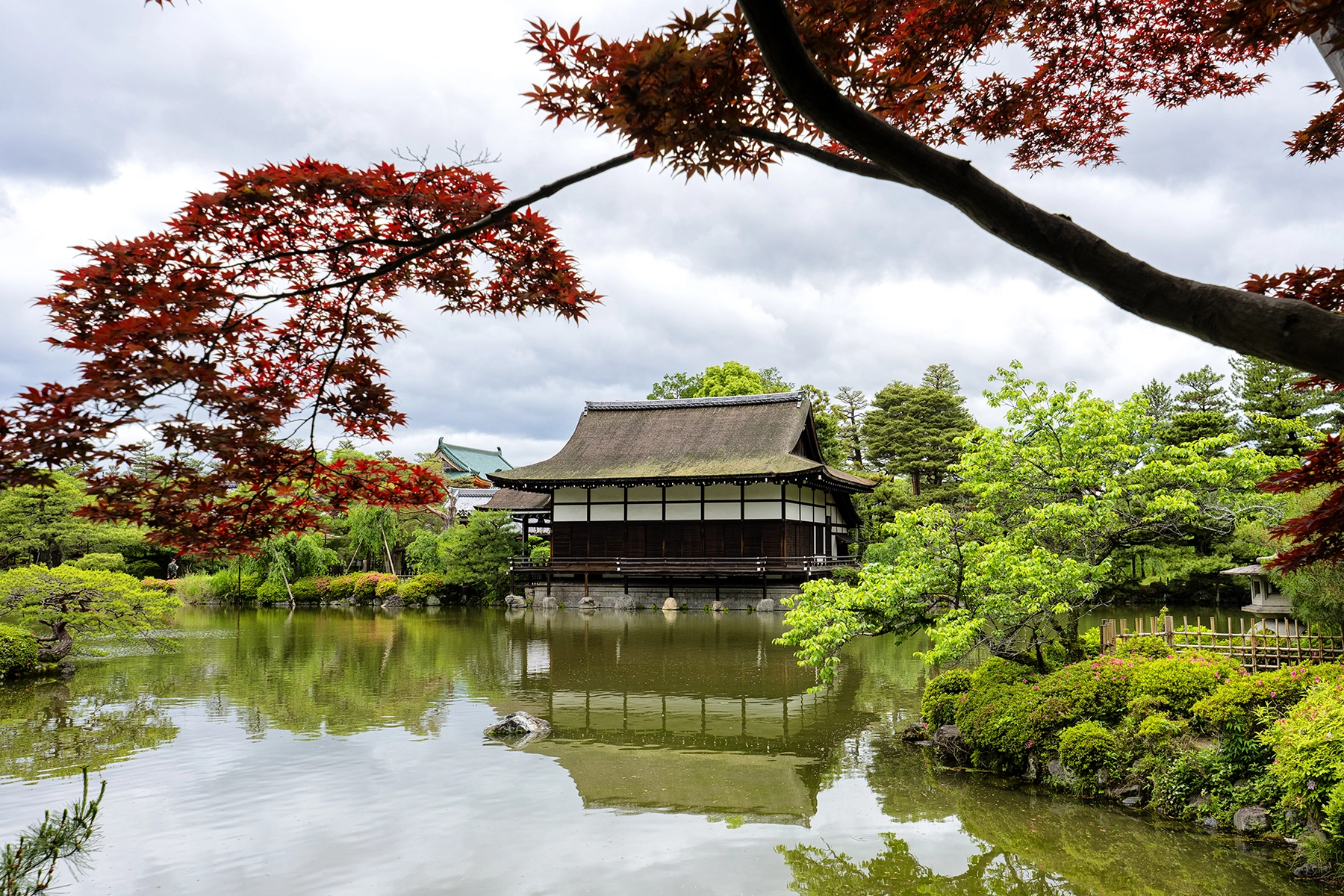
Tip 5: Use leading lines to draw the viewer’s eye naturally through your photograph.
These lines can be anything from a row of benches, a fence, a roadway, or even shadows that start at the edge of the frame and lead inward. They can direct attention toward a specific subject or simply guide the viewer into the scene’s background, creating a sense of depth. Incorporating leading lines helps create more dynamic and engaging compositions in your photography.
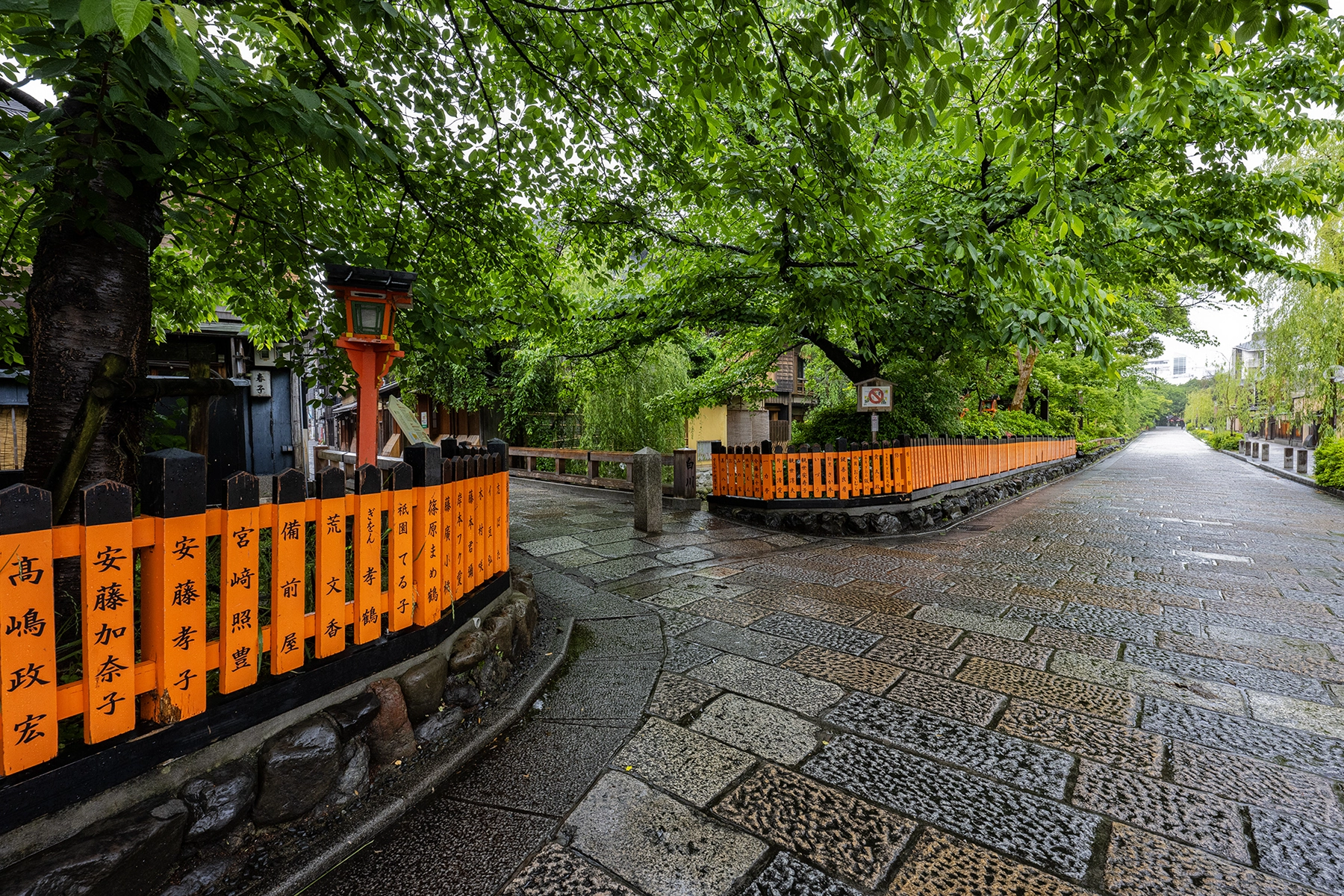
Tip 6: Don’t forget to focus on the details.
It’s easy to get caught up in photographing main subjects like temples, shrines, and markets, but capturing secondary elements can enrich your story. For example, close-up shots of shimenawa woven ropes or intricate carvings reveal the craftsmanship and cultural significance behind the scenes. These detailed images add depth and context, making your overall collection more vivid and storytelling.
